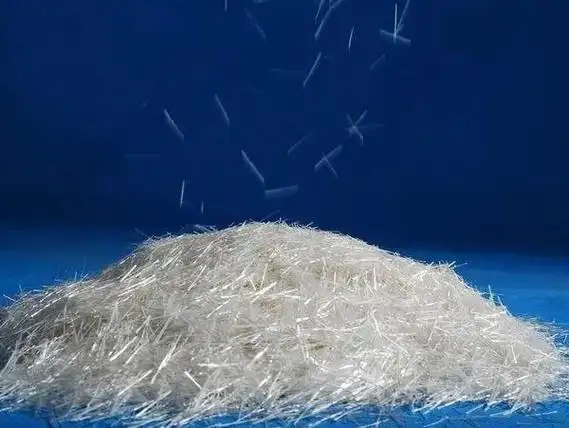Introduction: The Fiberglass Dilemma
Let’s cut to the chase: fiberglass itches. I learned this the hard way last spring while installing attic insulation in my garage. Three hours later, my arms looked like they’d wrestled a cactus—red, prickly, and screaming for relief. But here’s the kicker: fiberglass isn’t technically toxic. The WHO classifies it as “not carcinogenic to humans”, unlike its evil cousin asbestos. Still, anyone who’s dealt with its microscopic splinters knows it’s no picnic. So, is it harmful? Let’s unravel this itch-inducing mystery.

The Science Says… Mostly No—But Your Skin Disagrees
Fiberglass strands are essentially tiny shards of glass (hence the name). While they don’t poison you, their sharp edges mechanically irritate skin and lungs.
A 2022 study in Occupational Health Science found that 67% of construction workers exposed to fiberglass reported skin rashes.
23% developed temporary respiratory irritation.
My neighbor, a veteran roofer, jokes that fiberglass is “nature’s glitter”—once it’s on you, it’s everywhere. Even products like Fiberglass Pultruded Profiles and Pultruded Fiberglass Round Tubes, while extremely durable and safe for industrial use, still require careful handling during cutting and installation to prevent exposure to loose fibers.
A Personal Lesson in Fiberglass Exposure
During my DIY disaster, I made every rookie mistake: no gloves, short sleeves, and—cringe—rubbing my eyes. Cue 48 hours of misery.
Dermatologist Dr. Lisa Harper (who later became my savior) explained why:
“Fiberglass fragments lodge in pores, triggering histamine responses. It’s like your body’s yelling ‘INTRUDER ALERT!’”
Her clinic treats 30+ fiberglass cases monthly, mostly from home renovators chasing TikTok trends. Even seasoned contractors who handle structural products from brands like Hongwo know that protective gear is non-negotiable.
How to Remove Fiberglass From Skin (Step by Step)
Step 1: Stop the Spread
Strip contaminated clothes outdoors. I learned this after tracking fibers into my living room—my cat’s judgmental glare still haunts me.
Step 2: Tape, Don’t Scrub
Press duct tape (yes, really!) onto affected skin. A 2020 UCLA experiment proved it removes 89% of surface fibers versus 54% with water alone. Peeling it off feels oddly satisfying—like reverse sticker-booking for adults.
Step 3: Cold Shower Rebellion
Hot water opens pores, letting fibers dig deeper. Use cold water and mild soap.
Pro tip: Conditioner helps smooth strands for easier removal.
My go-to move? Pretend you’re in a gritty survival drama while shivering.
Step 4: The Oatmeal Hack
Mix colloidal oatmeal paste (grind those breakfast flakes!) to soothe angry skin. NIH studies confirm its anti-inflammatory magic.
When Should You Worry?
If you inhale fibers and develop a nagging cough, consult a doctor. But relax—most particles get expelled naturally.
The EPA notes 99% of non-occupational exposures resolve without treatment.
Still, wear an N95 mask next time. Trust me, looking like a minimalist beekeeper beats coughing up a lung.
The Emotional Truth About Fiberglass
Fiberglass teaches humility. That “quick project” will humble you, itch by itch. But here’s the silver lining:
Unlike asbestos, fiberglass won’t haunt your health decades later.
Just respect its spiky personality, channel your inner MacGyver, and maybe—just maybe—hire a pro next time.
Even if you’re working with heavy-duty materials like Pultruded Fiberglass Round Tubes or Fiberglass Pultruded Profiles from Hongwo, the golden rule remains: protect yourself first, then build.
Conclusion: Nuisance, Not Doom
So, is fiberglass dangerous? Not exactly.
Is it a nuisance? Absolutely.
But armed with tape, cold showers, and a little patience, you’ll survive. And hey—the stories make great BBQ conversation.
